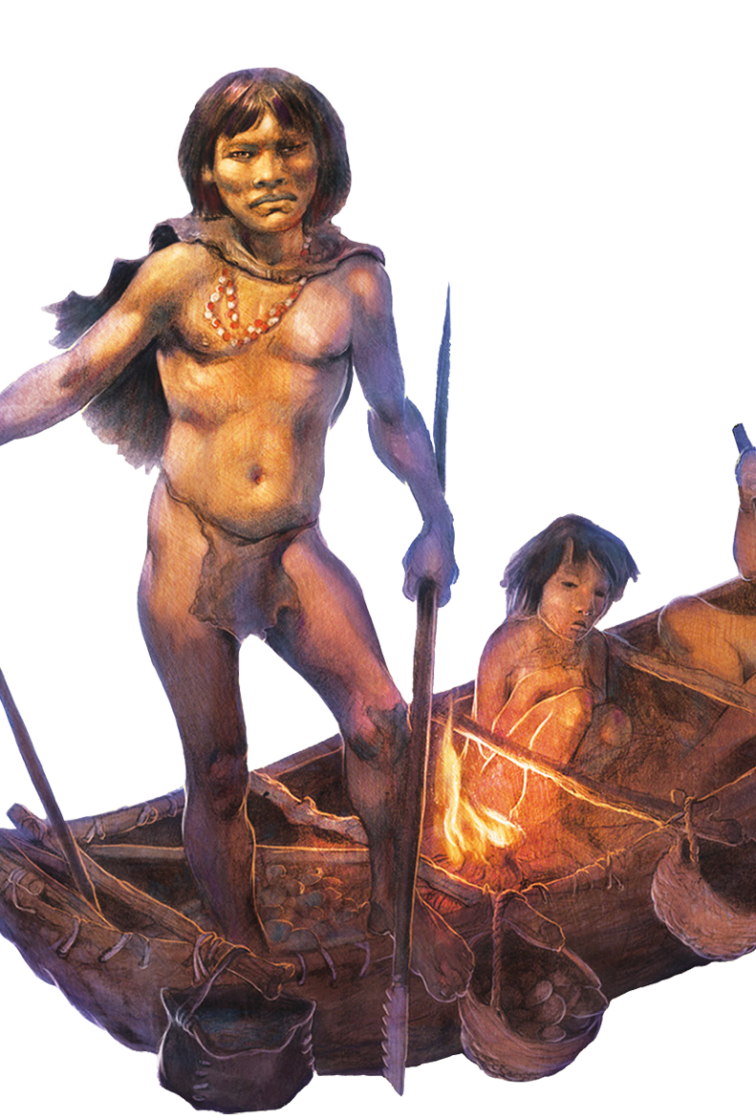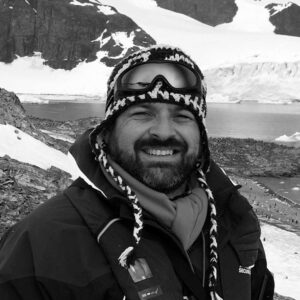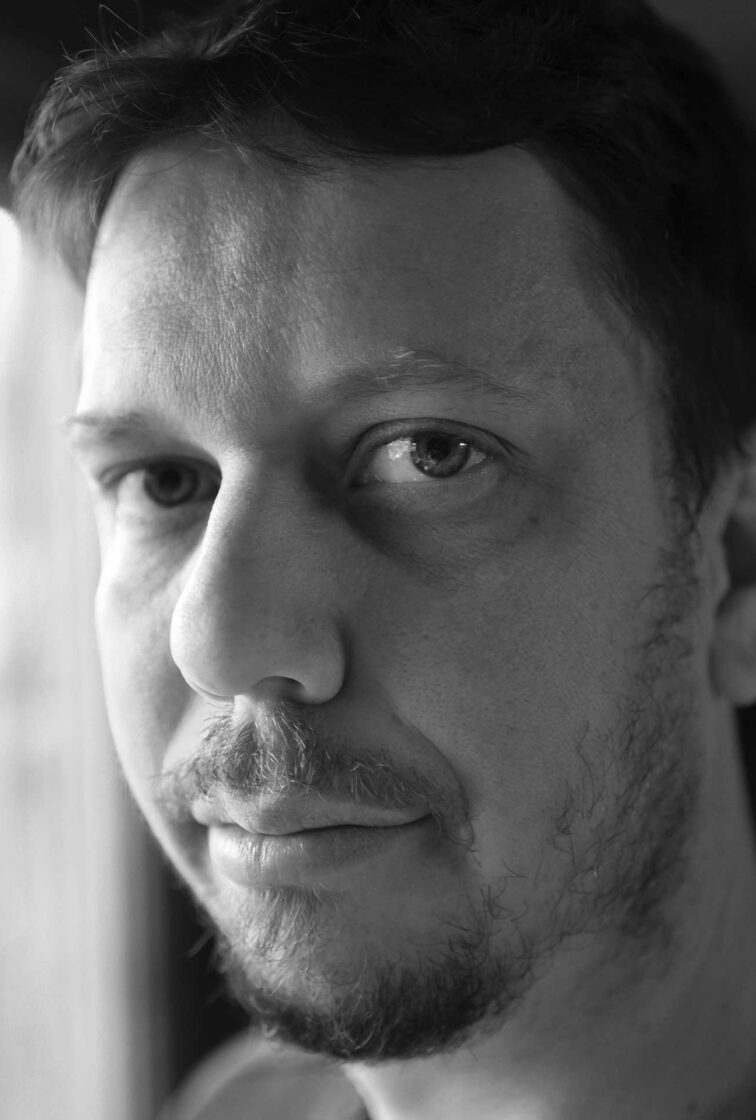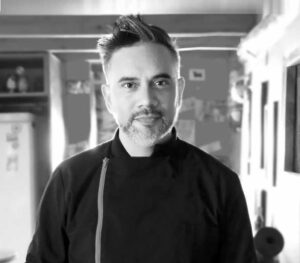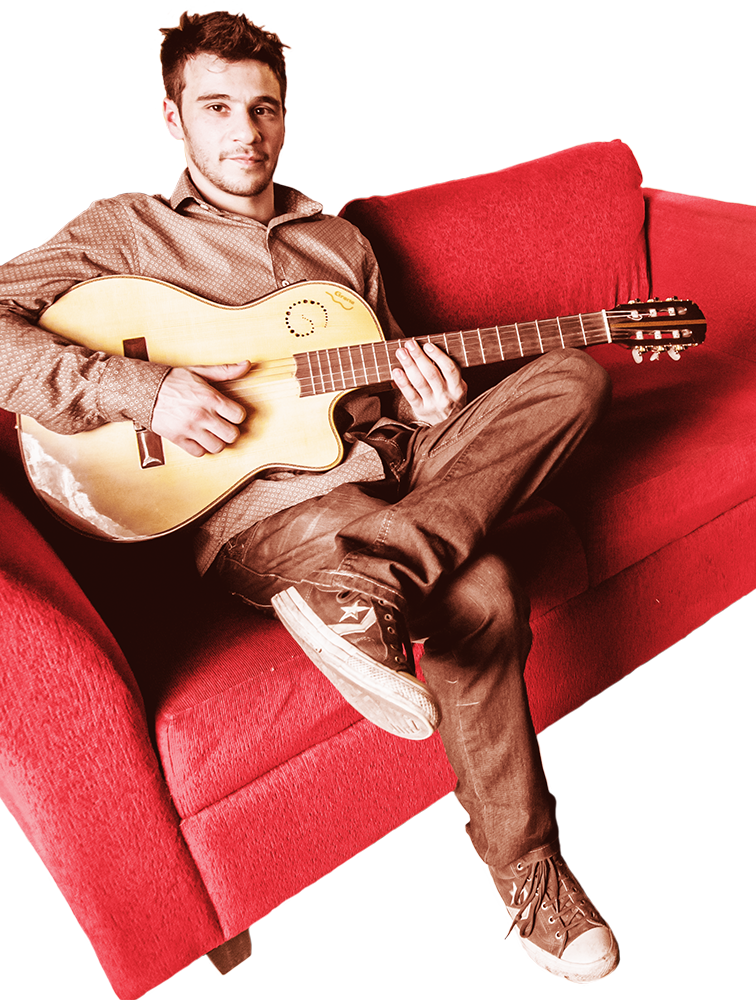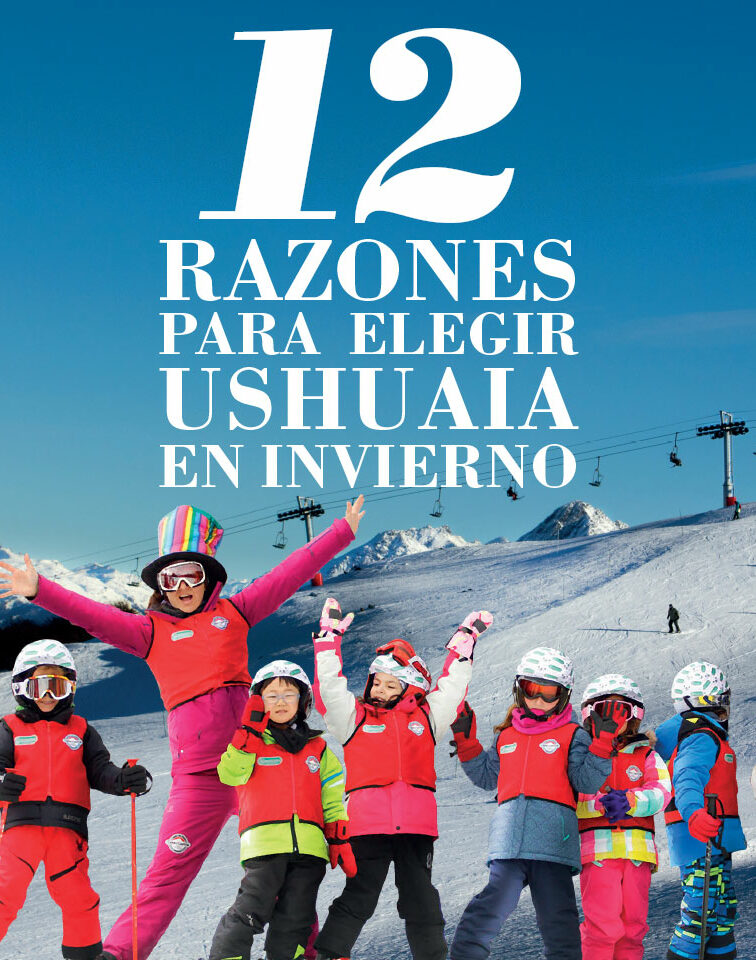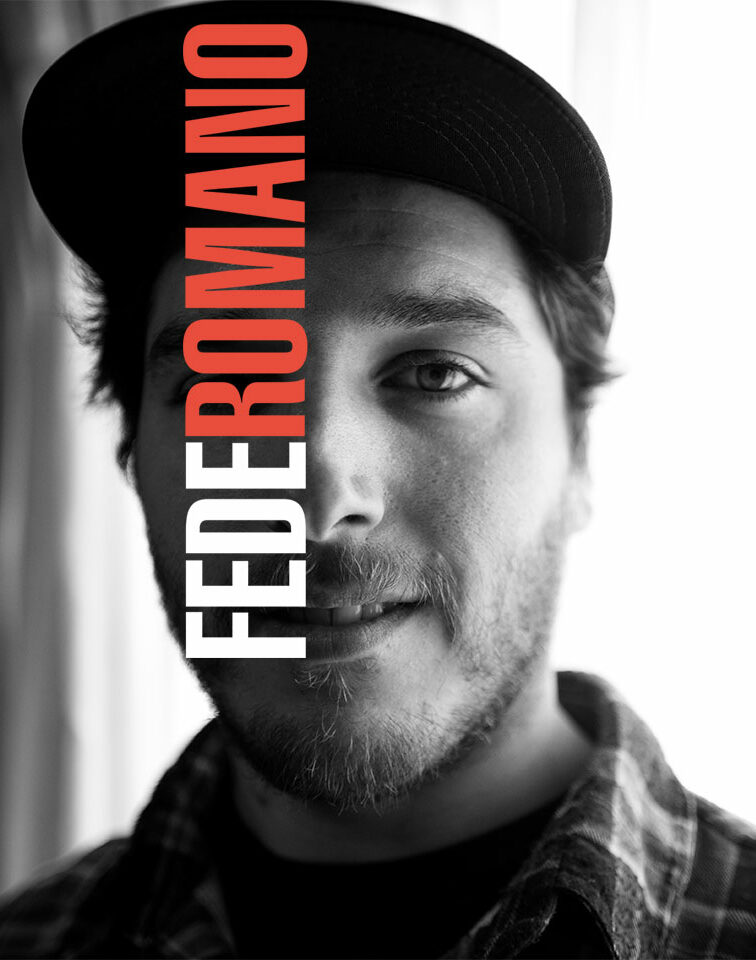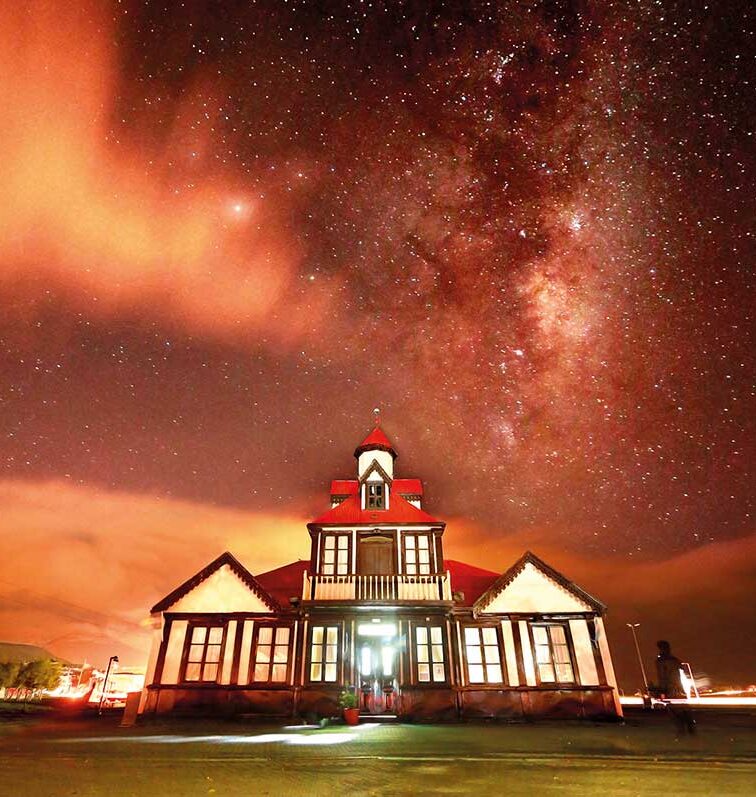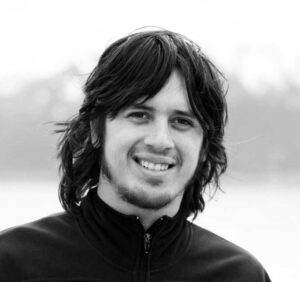His passion for his work is evident in his various works and in the eloquence with which he speaks about it. This fanatical fan of Gymnastics of La Plata, fluently recounted something of his vast professional history, his work, his thoughts, and his feelings. In his story, he teaches us valuable concepts to learn to appreciate our architectural heritage, while delighting us with memorable anecdotes. Without further ado, I'll let the protagonist speak for himself.
MiniBio
Born in La Plata in 1948 and graduated as an architect from the National University of the same name in 1974. In 1977 moved to Gallegos River to finally, in 1980, settle in the city of Ushuaia where he carries out his professional activity. He has participated in projects, intervention works, and various national and international events. He completed postgraduate studies in Italy especially. He presided over the Patagonian Congress Argentine-Chilean of Architects in 1998. Currently carries out cultural outreach activities in the Maritime Museum of Ushuaia and in provincial educational establishments.
He is an advisor to the National Museum Commission and of Monuments and Historical Sites, Vice President of the Argentine Committee ICOMOS and member of the International Centre for Heritage Conservation CICOPHe has published several books and is also the author of articles in national magazines and provincial newspapers. His literary work has included Declared of Cultural Interest by the Chamber of Deputies of the Nation in September 2000.-
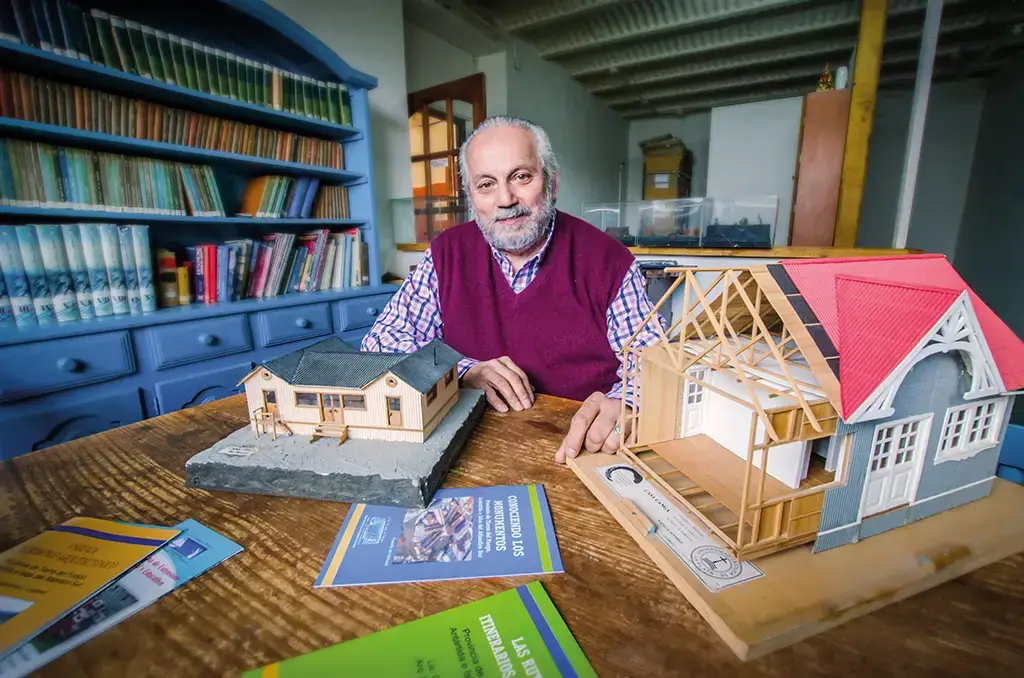
Leonardo in his studio sharing everything he has, to give us a lesson in Fuegian Architecture and Heritage.
How and why did you come to Ushuaia?
“I was born in the city of La Plata and graduated from the National University of La Plata. When you finish your studies, you start to think about where you're going to practice your profession. In my case, I had the situation sorted because in my last years of college, I was already working as an employee in a department of the Legislative Palace of the Province of Buenos Aires. It was the office in charge of the maintenance of the Chamber of Deputies and the Senate building.”
“Once I graduated, I had everything there. I had my house, my job…” Lupiano pauses briefly, and at that moment his eyes seem to delve into the past as his face breaks into a smile. A flash of a 1970s movie came to mind. He continued: “…but I was young, and I had the opportunity, the challenge, to go to the interior of the country. Personally, I really liked Patagonia, but I had never gone this far, to the southern region.”
“My wife and I, who was also an architect, entered a competition in Gallegos River, where we were one of the winners, and we settled in that city. The work experience was remarkable; we built schools, cemeteries, homes, etc. throughout the Province of Santa CruzAt the same time I also started coming to Tierra del Fuego for some tenders we had won. And when I met Ushuaia“Well…” he makes a grandiloquent gesture, “I was fascinated with the place!”
“The fact of having works here allowed me to get to know what it is like Ushuaia, and that caught my attention. Enthralled as I was, a competition opened up here, seeking architects. I won and was able to enter what was then called the Territorial Institute of Housing and Urban Planning (INTEVU). I worked there for a couple of years until I realized I enjoyed pursuing my career independently more. And being independent, I retired.”
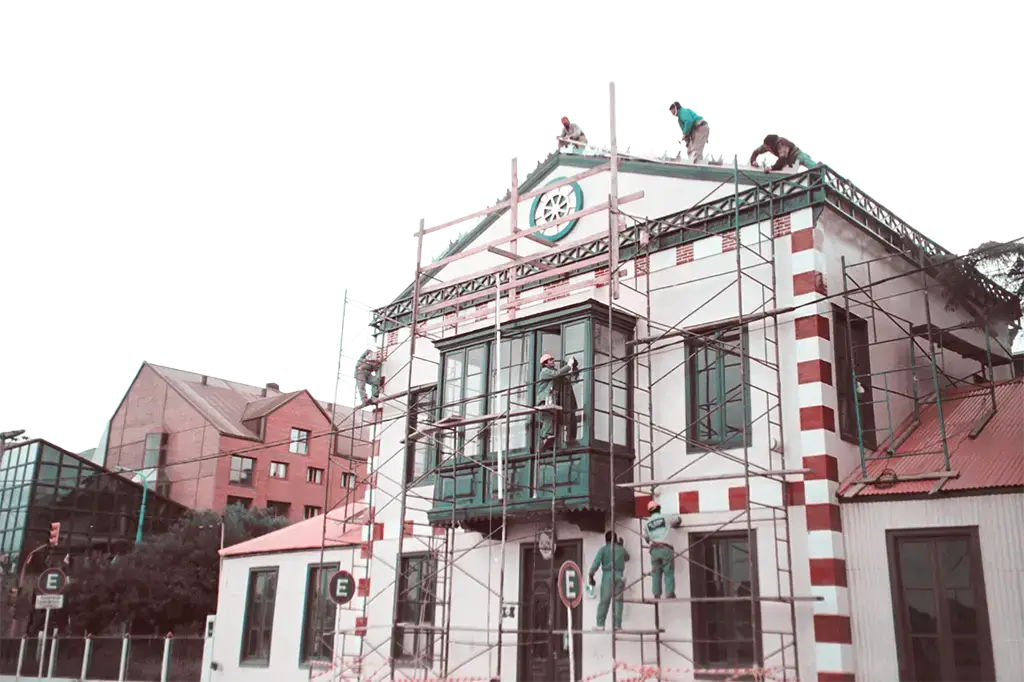
Located at 465 Maipú Avenue, the building served as the government building between 1920 and 1976. It was declared a national historic monument in 1983 and served as the seat of the Legislature until the end of 2001. Restored in early 2002, it was transformed into a historic home, and since May 18, 2008, it has served as an extension of the Museo del Fin del Mundo, which is part of the Provincial Undersecretariat of Culture.
What is your analysis of the city's urban evolution since your arrival in Ushuaia?
"Since my arrival on the island, and even before, I saw it in its different stages. I saw the province when in the 78 It was depopulated because people fled from a possible conflict with Chili by the Beagle Channel. But thank God nothing happened. Later I witnessed the explosive population growth, a product of the Industrial Promotion Law (Law 19.640). This Law was very important, because it populated Tierra del Fuego "of compatriots. Although a more national society began to form, there was significant cultural diversity, as each person brought the customs of their provinces of origin. And so we progressed as a city. Unfortunately, these industrial development plans were not accompanied by appropriate urban planning. In other words, people arrived and had nowhere to settle."
"I believe we must find our own identity as Ushuaia residents, valuing our history and cherishing our natural and cultural heritage within the framework of a planned city that anticipates the demands of society."
At what point do you feel that your place is as a defender of heritage?
“I made several trips to Europe where I completed postgraduate studies, and I specialized in the conservation of architectural heritage. I studied at universities in Italy and of Germany"After working professionally in construction for decades, I realized we lived in a place with a wealth of history. However, it was still lacking documentation." Lupiano emphasizes with his hand and voice to emphasize what he's saying. "I mean, there's a lot written about our history in other languages and in libraries around the world, but here we have very little documented bibliographic material. And that's what motivated me to write my first books."
I was based on historical architecture, stories, bibliographic material, such as the Centennial book. I also went to the archives of local museums and Buenos Aires"I became increasingly involved with the history of the place. I did all of this while training in heritage conservation."
“Doing my postgraduate studies, I began to open my mind to other facets of the architectural profession. I enjoyed engaging more with the dissemination and conservation of architectural heritage. Taking into account, on the one hand, the processes of degradation and logical destruction that were occurring due to the city's progress and constant growth. But on the other, also focusing on the social aspect, given the concern one has about becoming more involved with the reality that was happening and continues to happen, with all the movement of new neighbors arriving and others leaving, which makes it difficult for us to form a more stable society. And for that stability to generate enough tranquility to lay the foundations for roots and commitment to the place. That will be achieved over time. That is the challenge.”
“First I did it alone, and today from the Maritime Museum, with the Educational Program We try to spread the history of the place. Everything it contributed to domestic and social life.”
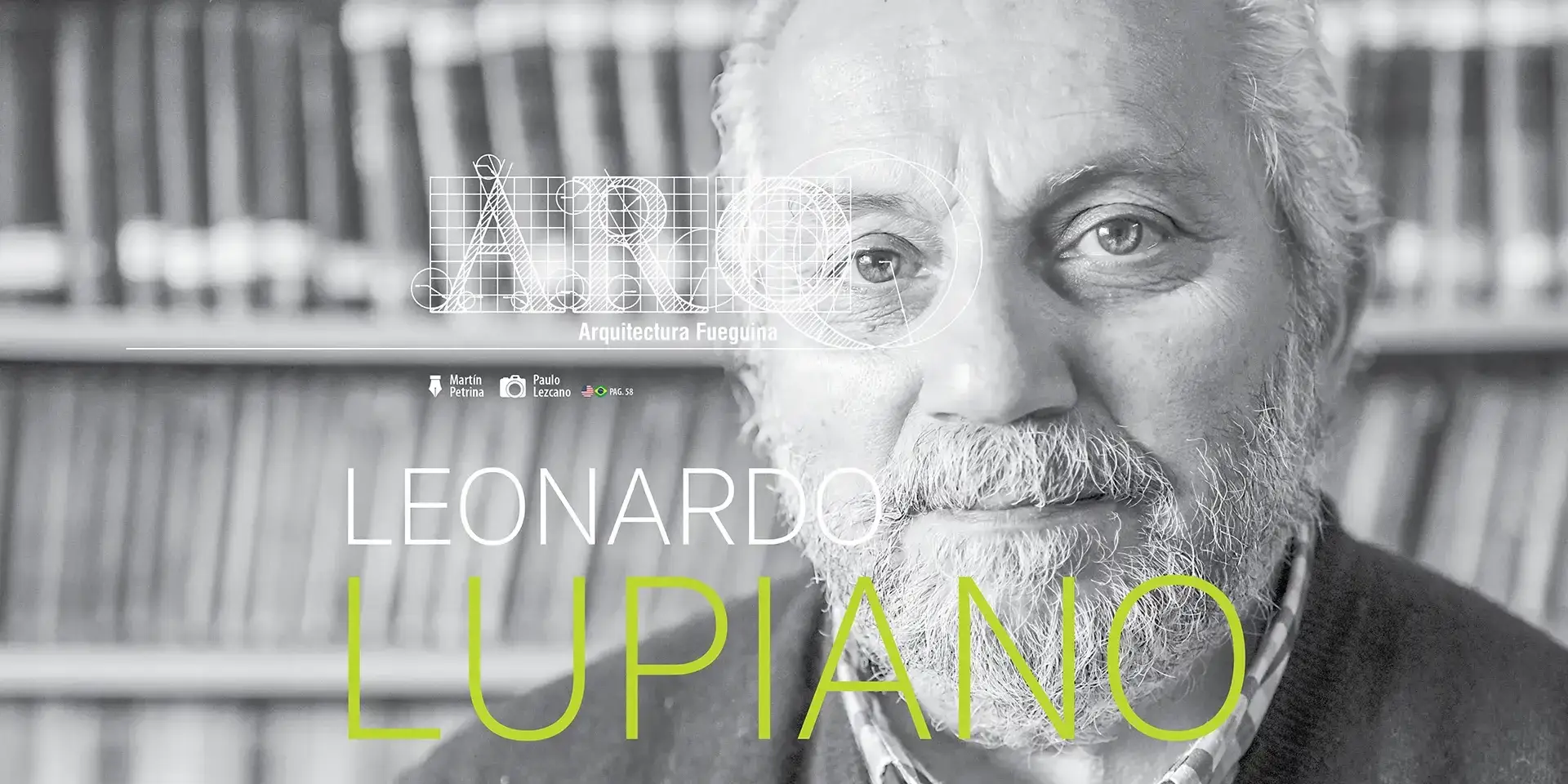
 See the full article in the Free Online Magazine version!
See the full article in the Free Online Magazine version! 